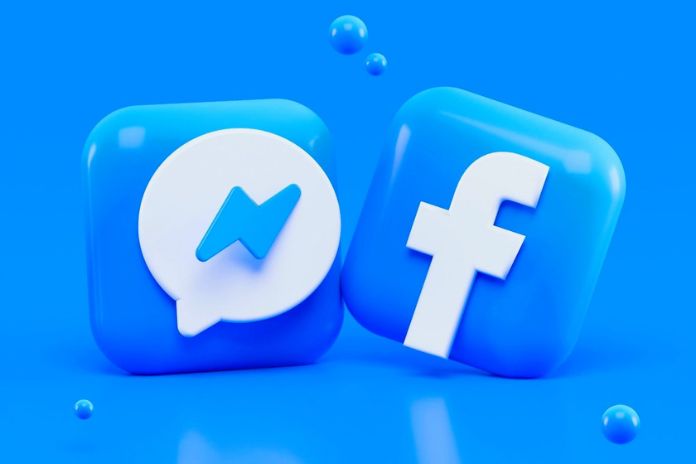How to use Facebook and instant messaging features from one application on mobile devices.
Historically, Facebook has made two applications available to users using mobile devices: one allows you to consult the social network and manage pages, and the other is an instant messaging client.
The messaging client is called Messenger, and when browsing the social network from a web browser on desktops, notebooks, tablets, and convertibles, it is integrated into the Facebook interface. Click on the icon depicting a speech bubble with a lightning symbol inside to access the Chat pop-up screen. On mobile devices, however, the Facebook and Messenger apps are separate: each takes up at least 50-65 MB of space and has a different occupation in terms of RAM.
By installing the Facebook app and tapping the Messenger icon in the top bar, the application invites the user to load Messenger on the mobile device. Does it make sense to have two applications running simultaneously on your smartphone when they could be integrated into one app? In our opinion, no.
How To Use Facebook With Messenger
Luckily, a simple trick to using Facebook with Messenger is integrated into one app.
Users owning an Android device can install and use Facebook Lite: it is a more compact version of the Facebook client that also integrates Messenger messaging (it should have also arrived on iOS, but to date, it has yet to happen). Despite being much lighter than the apps mentioned above, Facebook Lite offers both the possibility of using Facebook and Messenger.
All through a single compact application. Those possessing a Facebook account are not necessarily required to share the contacts stored in the address book with Mark Zuckerberg’s company: tap Reject to have the option to use Facebook Lite anyway. It is not essential to share other personal data with Facebook, at least no more than it already has.
ALSO READ: Social Media Management In 5 Simple Tips For Your Success
Access Facebook With The Web Browser Even From Smartphones And Tablets
To use Facebook with Messenger, it is possible to access the social platform using the standard web browser on smartphones and tablets. After logging in, Facebook recognizes that you are using a mobile device and does not show the Messenger icon at the top of the page.
To still access Messenger using your web browser, tap the three dots at the top right (let’s assume you’re using Chrome) and then tick the Desktop site box. At this point, the Messenger icon will appear at the top right with the possibility of exchanging messages with your contacts, just like on the desktop.
Many Apps Allow You To Integrate Facebook With Messenger: Be Careful
There are multiple apps around that allow you to use Facebook and Messenger through a single interface. They often simulate consulting Facebook from a desktop, precisely as we saw in the previous paragraph. We do not recommend these applications because some of them could easily monitor the authentication procedure on Facebook and memorize the password of others.
Many of them also require many (too many) permissions, and it is not excluded that they can “shed their skin” to exploit the user’s account for purposes that are not exactly crystal clear. It is, therefore, much better to avoid its installation and use.
Using Messenger without a Facebook account
Finally, it seems interesting to us to underline that it is optional to be registered on Facebook to use Messenger’s instant messaging. Messenger Lite is available on Android and iOS, a lighter version of the client that does not include support for the use of the social platform but only for the messaging client. By choosing to Create an account, you are not on Facebook; you can register by entering your telephone number.
This way, Messenger will work like any other messaging app: it will ask you to access the contact list stored on your phone to check which names are known on Facebook and Messenger, offering the possibility of reaching each interlocutor. Messenger will then allow you to exchange messages, start group chats, and make calls and video calls. For some users, separating Facebook and Messenger could help manage their page and, at the same time, create an account to be used only with the messaging client.
Phone Number, SMS, And Two-Factor Authentication
In proportion to the total number of users registered on Facebook, only a few have registered without ever providing their telephone numbers. Even today, it is optional to provide this data since it is possible to authenticate on Facebook only with a username (email address) and password. Instead, it is strongly recommended to activate two-factor authentication to prevent access to your account by unauthorized users.
One of the simplest and most effective ways to do this is to activate an authenticator app. Facebook will ask you to confirm authentication after entering the correct credentials, specifying an OTP code generated through an Authenticator app installed on your smartphone. By logging into Facebook from a browser or app for mobile devices, you are asked to enter the code received via SMS. When you have opted for an authentication app, the code to enter is the OTP generated on the phone.
